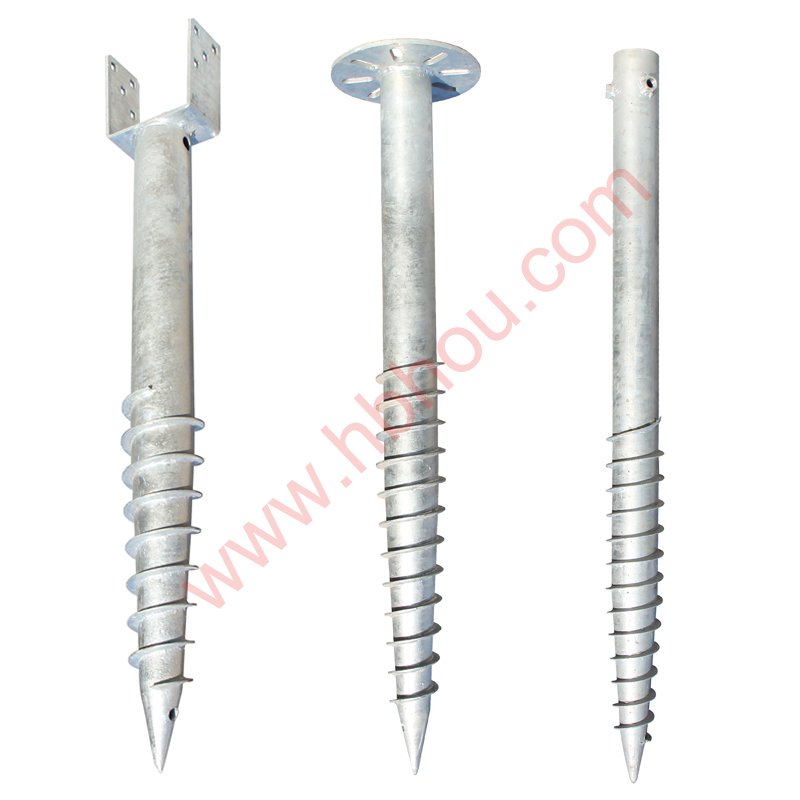Exploring Deer Fencing Options Protecting Your Garden and Landscape
For many gardeners and landowners, the presence of deer can be a significant challenge. These graceful creatures might be beautiful to observe, but they can wreak havoc on your plants, leaving a trail of destruction in their wake. To protect your garden and landscape effectively, understanding the various deer fencing options available is crucial.
When it comes to deer fencing, there are several types to consider, each with its own advantages and disadvantages. The choice largely depends on the specific needs of your garden, the local deer population, and your budget.
1. Traditional Fencing
One of the most straightforward methods of deer protection is a traditional fence. Wooden or vinyl fences can be effective, but it's essential that they are at least 8 feet tall. Deer are formidable jumpers, and anything lower than this height may be easily breached. While wooden fences can blend well into the landscape, you may need to invest in proper maintenance to prevent weather-related deterioration.
Chain link fences provide durability and a clear boundary. They come in various heights and can be reinforced with additional features. However, like wooden fences, a chain link fence must be at least 8 feet tall to deter deer effectively. One of the significant drawbacks is that they may not be as visually appealing, depending on the surrounding landscape.
3. Electric Fencing
deer fencing options

Electric fencing is a popular choice for those looking for a less obtrusive option. These fences deliver a mild shock to any deer that come into contact with them, teaching the animals to stay away. Electric fences can be easier to install than traditional options but require regular maintenance to ensure they function correctly. Moreover, signs should be displayed to inform passersby of the electric fence, ensuring safety for both animals and humans.
4. Netting and Temporary Fences
For gardeners looking for a more flexible option, deer netting or temporary fencing can be effective. This type of fencing is usually lower in height and can be easily installed and removed as needed. While these options are excellent for small areas or seasonal gardens, they may not provide the long-term protection required against persistent deer populations.
5. Natural Barriers
In some cases, leveraging natural barriers can deter deer effectively. Planting thorny shrubs or dense hedges around the perimeter of your garden can create a natural fence that is uninviting to deer. Additionally, fragrant plants like lavender and rosemary might repel deer due to their strong scents.
Conclusion
Deciding on the best deer fencing option ultimately depends on your unique situation, including the size of the area you need to protect, your budget, and your aesthetic preferences. Regardless of the choice you make, implementing a fencing solution will help safeguard your cherished garden and landscape from these foraging intruders. With the right approach, you can ensure the beauty of your outdoor spaces is preserved while coexisting with the local wildlife.
















